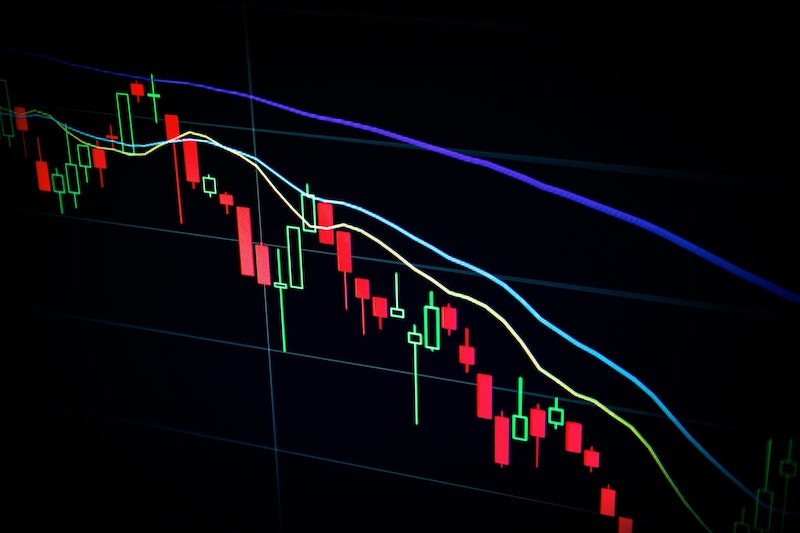CFD Trading: What it is and How it Works
CFDs are leveraged instruments traded over-the-counter with a securities firm, which is commonly referred to as a CFD provider. A CFD is a Specified Investment Product (SIP), on a need to sell or buy basis.
Dealing in CFD is attractive to day traders that can use leverage in trading assets that are more costly to buy and sell. However, the low industry regulation, potential lack of liquidity, and the need to maintain an adequate margin make CFD a risky trade.
But how does it work?
CFD follows the basic trade rule, there must be a buyer and a seller either at the beginning or end of a trading circle. There are many CFD providers, but you need to be wary.
That’s why https://www.trusted-broker-reviews.com/cfd-broker/ came up with a verified list of trusted brokers you can rely on.

You can enter an opening trade with a CFD provider at one price, which creates an open position that you close out later in a reverse trade with the CFD provider at another price.
Traders enjoy CFD trading because it allows you to speculate on the future market movements of an underlying asset, without actually owning or taking physical delivery of the said asset, more like a long con to see who blinks first or throws in the towel.
How Do You Hold a Short Position?
When the closing of our price is greater than the opening price, the CFD provider pays you the difference between the opening and closing out prices of the CFD
But when the closing of our price is greater than the opening price, you pay the CFD provider the difference between the opening and closing out prices of the CFD.
How Do You Hold a Long Position?
When this occurs, the closing out price is usually greater than the opening price. In this situation, the CFD provider pays you the difference between the opening and closing out prices of the CFD.
But, if the closing out price is less than the opening price, you pay the CFD provider the difference between the opening and closing out prices of the CFD.
What Is the Profit or Loss?
CFDs are usually traded on margin, meaning you pay a small proportion of the value of the underlying asset, between 10% to 20%, or as set by the CFD provider to open the position, instead of paying the full value for the underlying shares.
The leveraging effect of CFD means, if the markets move in favour of or against the asset, they will magnify your profits or losses.
Note that when the markets move against your open position and your loss increases. However, the price at which your CFD is closed out will depend on the price of the underlying share or asset then.
What Are the Risks?
You are susceptible to market, counterparty, and foreign exchange risks when you trade in CFD, though some CFD providers may offer to stop loss or limit order measures that allow you to limit losses by setting price triggers to close the open position, this is not guaranteed and could expose you to unlimited losses.
There are other risks involved in CFD trading, but the payoff could be worth it if you decide to leverage on an asset that would earn you huge returns.

